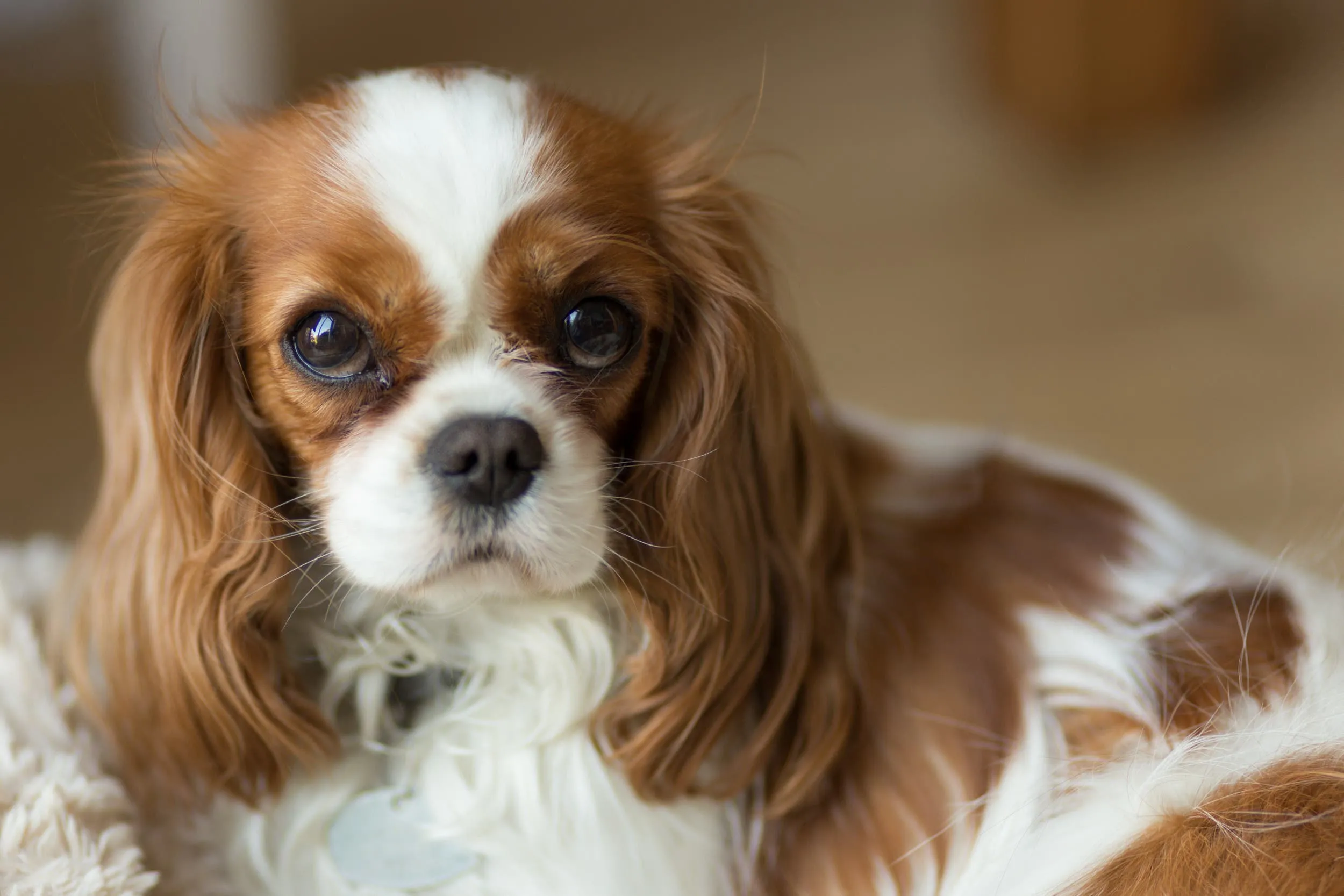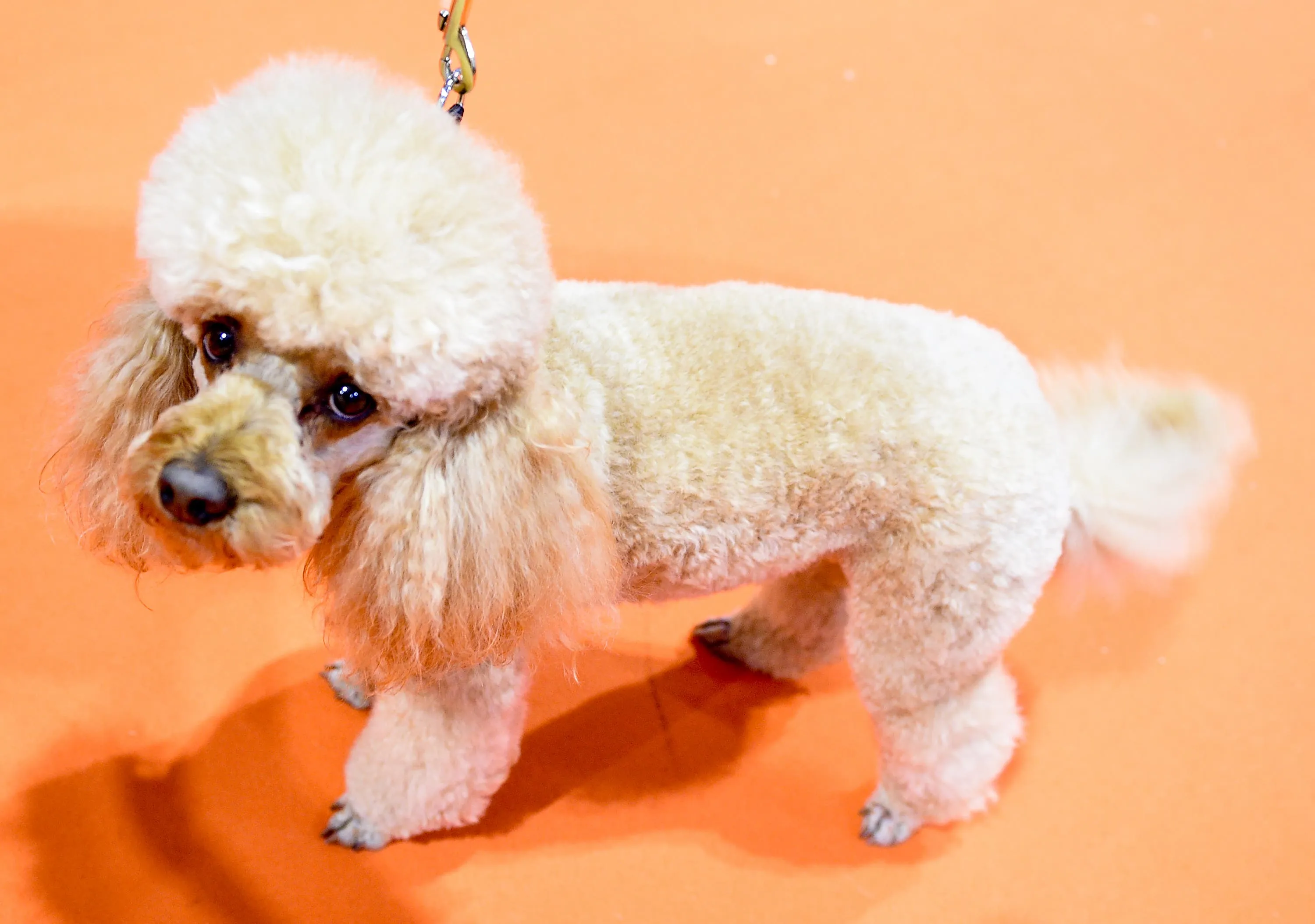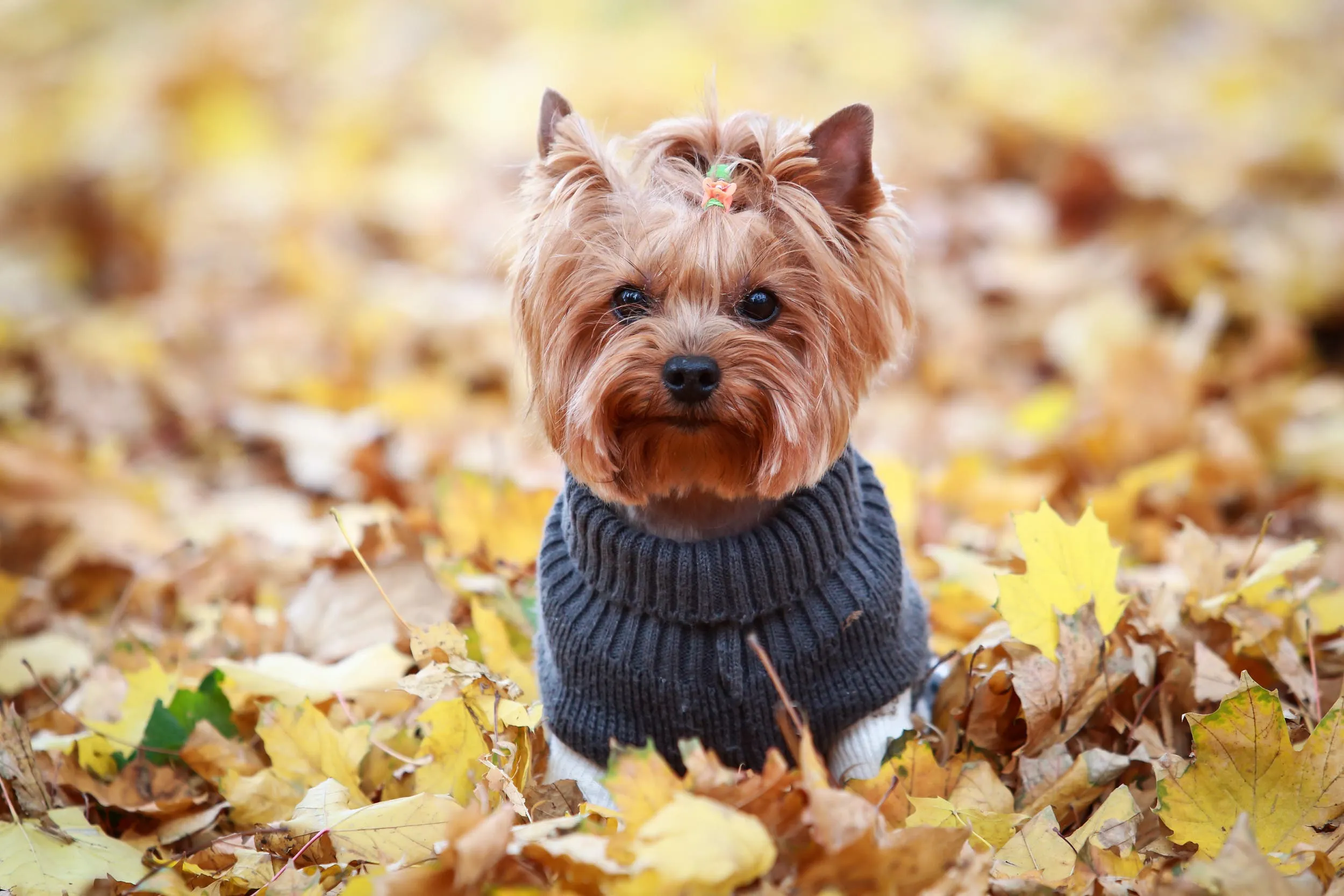Bringing a new dog into your home is an exciting experience, and for many, the dream is to have a happy, obedient companion who easily integrates into family life. While all dogs can be trained with patience and consistency, some breeds are naturally more predisposed to picking up commands quickly and enjoy the learning process. Contrary to popular belief, a dog’s size or even its general intelligence isn’t the sole determinant of how easy it is to train. The most crucial elements often revolve around making training sessions engaging and the dog’s inherent desire to please its owner. This focus on positive reinforcement and building a strong bond is key to unlocking any dog’s potential.
For those specifically seeking Smart Small Dogs That Are Easy To Train, the American Kennel Club (AKC) offers valuable insights. Their expertise highlights breeds that not only excel in obedience but also form deep connections with their human families. Understanding these characteristics can help prospective owners choose a companion that aligns perfectly with their lifestyle and training aspirations. From affectionate lapdogs to spirited terriers, the world of small dog breeds offers a diverse range of temperaments and intelligence levels, making it possible to find a truly responsive and adaptable friend. Finding the right fit can be just as rewarding as choosing the best medium to large size family protection dog for a different set of needs.
Understanding Trainability in Small Dogs
The journey of dog training is a rewarding experience, fostering a deep bond between pets and their owners. When considering small breeds, it’s a common misconception that their diminutive size might equate to a lack of trainability or a propensity for stubbornness. However, as Gina DiNardo, AKC’s executive secretary, points out, “neither a dog’s size nor intelligence determines how easy they are to instruct.” Instead, the key to successful training lies in creating an enjoyable learning environment and tapping into a dog’s natural eagerness to please. This highlights the importance of positive reinforcement, consistent efforts, and understanding a breed’s unique temperament.
Factors like a dog’s energy levels, its desire for social interaction, and its adaptability play significant roles in how readily it takes to training. Small dogs often thrive on one-on-one attention and can be highly motivated by praise, treats, and play. Short, frequent training sessions can be more effective than long, drawn-out ones, especially for breeds with shorter attention spans. Early socialization and consistent exposure to different environments, people, and other animals are also paramount in shaping a well-mannered and confident small dog. These foundational experiences build a solid framework upon which all future training can be built, ensuring a happy and well-adjusted companion.
Top Smart Small Dog Breeds Known for Easy Training
Here, we delve into a selection of smart small dogs that are easy to train, based on recommendations from the American Kennel Club. These breeds offer a blend of intelligence, eagerness to please, and manageable size, making them ideal companions for various households.
1. Affenpinscher
Part of the Toy group, Affenpinschers typically weigh a mere 7 to 10 pounds. Despite their small stature, these dogs are renowned for their courageous, bold, and feisty personalities. Gina DiNardo notes their high intelligence and general eagerness to please, even with an independent and sometimes stubborn streak. Developing a strong bond built on trust is crucial for successful training with an Affenpinscher, as it helps harness their clever nature. Their amusing antics and loyal disposition make them delightful, trainable companions for owners who appreciate a dog with character.
2. American Eskimo Dog
 An alert American Eskimo Dog with thick white fur sitting outdoors, looking intently.
An alert American Eskimo Dog with thick white fur sitting outdoors, looking intently.
The American Eskimo Dog, a member of the Non-Sporting group, comes in three sizes: Toy (6-10 lbs), Miniature (10-20 lbs), and Standard (25-35 lbs). Eskies are characterized by their alert and friendly demeanor, though they might be reserved with strangers. DiNardo highlights them as “among the most trainable of breeds, known to be clever, kid-friendly and eager to please their human counterparts.” Their intelligence and willingness to learn have historically made them stars in trick dog acts, showcasing their remarkable adaptability and trainability. These intelligent dogs thrive on mental stimulation and enjoy learning new commands.
3. American Hairless Terrier
Weighing between 12 and 16 pounds, the American Hairless Terrier belongs to the Terrier group. Despite its name, this breed is found in both hairless and coated varieties, with the latter being an excellent choice for allergy sufferers. Described as energetic, alert, and curious, AHTs are also “very intelligent and eager to please, so training is usually an easy and enjoyable activity,” according to DiNardo. Their keen minds and desire to interact positively with their owners make them quick learners, capable of excelling in various training disciplines.
4. Australian Terrier
The Australian Terrier, weighing approximately 15 to 20 pounds, is characterized by its spirited, courageous, and affectionate nature. As part of the Terrier group, they can sometimes get bored with routine, suggesting that short, varied training sessions are most effective. DiNardo advises that “early socialization and introduction obedience courses can help form a well-mannered dog.” Their sharp intelligence means they grasp new concepts quickly, but keeping training engaging is key to maintaining their focus and enthusiasm.
5. Biewer Terrier
A delicate Toy breed, the Biewer Terrier typically weighs only 4 to 8 pounds and is considered “a great family pet.” DiNardo notes their amusing, devoted, and intelligent qualities, stating that they “are easy to train.” Their small size and agreeable disposition make them highly adaptable to various living situations, including apartments. These charming dogs flourish with positive reinforcement and consistent training, quickly becoming cherished and well-behaved members of the household.
6. Border Terrier
Border Terriers are members of the Terrier group, weighing approximately 11.5 to 14 pounds. These hardworking dogs are known for being even-tempered, affectionate, and highly trainable at home, making them versatile pets for both city and country settings. Their intelligence, combined with a willingness to please, makes them receptive to various training methods. Consistent and positive training helps them develop into well-adjusted and obedient companions, eager to participate in family activities.
7. Boston Terrier
Friendly, bright, and amusing, the Boston Terrier weighs 12 to 25 pounds. Their impeccable manners have earned them the nickname “The American Gentleman.” DiNardo emphasizes that “socialization helps this breed develop into a well-adjusted, well-mannered adult dog.” Being eager to please, many Bostons can be sensitive, so gentle corrections followed by warmth and praise are most effective during training. This breed thrives on human companionship and positive interaction, making training a joyful experience for both dog and owner.
8. Brussels Griffon
Weighing a mere 8 to 10 pounds, the Brussels Griffon is a member of the Toy group, known for being alert, curious, and loyal. DiNardo highlights their sensitivity and devotion to their people, as well as their sociable nature, which makes them “easily trained.” Their desire to be close to their owners translates into a strong motivation to learn and please. With consistent, gentle training, Brussels Griffons can become highly responsive and affectionate companions.
9. Cavalier King Charles Spaniel
 A serene Cavalier King Charles Spaniel with long, flowing ears and expressive eyes, sitting on a soft surface.
A serene Cavalier King Charles Spaniel with long, flowing ears and expressive eyes, sitting on a soft surface.
Cavalier King Charles Spaniels, part of the Toy dog group, typically weigh between 13 to 18 pounds. These small dogs are cherished for their affectionate, gentle, and sweet nature. “The breed is smart and trains easily, helping them to excel in a number of canine sports including obedience, rally, and agility,” states the AKC expert. Their innate sweetness also makes them fantastic therapy dogs. Cavaliers respond exceptionally well to positive reinforcement and are highly motivated by praise, quickly becoming well-behaved and adaptable family members.
10. Coton de Tulear
A charming, bright, and happy-go-lucky member of the Non-Sporting group, the Coton de Tulear weighs between 8 and 15 pounds. Cotons are naturally territorial and benefit greatly from early socialization. DiNardo notes that these small dogs often develop “unbreakable bonds with their humans” and, being intelligent, “don’t like to be bored, so it’s best to keep your training sessions lively and entertaining for best results.” Their playful intelligence makes them enthusiastic learners when training is kept fun and engaging.
11. Havanese
 A fluffy Havanese dog with expressive eyes and a gentle demeanor.
A fluffy Havanese dog with expressive eyes and a gentle demeanor.
The Havanese is a Toy breed weighing 7 to 13 pounds, appreciated for its intelligent, outgoing personality. According to the AKC’s executive secretary, “The breed is highly intelligent and eager to please their humans.” They are easily trained using positive reinforcement methods due to their sensitive nature. “Gentle, patient training will go a long way to result in an all-around wonderful companion dog.” Their desire to be involved and their quick minds make them excellent students.
12. Miniature American Shepherd
As a member of the Herding dog group, the Miniature American Shepherd weighs approximately 20 to 40 pounds. This breed is known for being good-natured, devoted, and intelligent. DiNardo states, “Mini American Shepherds are willing to please and highly trainable, reaching their best potential with consistent obedience and training.” Their herding background instills a strong work ethic and a desire to have a job, making them highly responsive to structured training and mental challenges.
13. Miniature Schnauzer
Weighing between 11 and 20 pounds, the Miniature Schnauzer is considered a friendly, smart, and obedient small dog. DiNardo describes this smallest of the three Schnauzer breeds as “a bright, friendly and trainable companion.” Part of the Terrier group, they possess a keen intelligence and a lively spirit, making them eager participants in training sessions. Their robust nature and sharp minds ensure they pick up commands with enthusiasm, forming a strong bond with their trainers.
14. Papillon
The Papillon is a happy, friendly, and alert member of the Toy dog group, weighing just 5 to 10 pounds. DiNardo highlights their intelligence and eagerness to please the humans with whom they’ve developed a bond. Their characteristic butterfly-like ears are as distinctive as their sharp minds. Papillons excel in obedience and agility due to their quick wit and agile bodies, making training a joyful and interactive experience. They are highly motivated by praise and positive reinforcement.
15. Poodle (Miniature)
 A Miniature Poodle with neatly groomed curly fur, looking elegant and attentive.
A Miniature Poodle with neatly groomed curly fur, looking elegant and attentive.
The Miniature Poodle, part of the Non-Sporting dog group, typically weighs between 10 to 15 pounds. Poodles of all sizes are celebrated for being eager, athletic, and incredibly smart dogs known for their versatility. The American Kennel Club expert confirms, “The Miniature Poodle is easily trained, along with their other sized counterparts, the Toy Poodle and the Standard Poodle.” Their exceptional intelligence and desire to learn make them highly adaptable to various training styles and canine activities, from obedience to tricks.
16. Poodle (Toy)
Weighing in at just 4 to 6 pounds, the Toy Poodle is a member of the Toy small dog group. DiNardo emphasizes their “abundance of steady character and intelligence,” affirming that the “Toy Poodle is highly intelligent and easy to train.” These miniature dynamos thrive on mental stimulation and excel in learning new commands, often delighting their owners with their quick understanding and eager participation. Their elegance combined with their sharp minds makes them highly desirable and trainable companions.
17. Rat Terrier
Friendly, loving, and inquisitive, the Rat Terrier is part of the Terrier group, weighing between 10 and 25 pounds. While they can exhibit typical terrier stubbornness at times, DiNardo describes these small dogs as “extremely intelligent and trainable.” She notes, “Rat Terriers excel in various dog sports and are typically very sensitive and intuitive,” thriving on praise and positive reinforcement. Their keen minds and agile bodies make them excellent students for various dog sports and obedience training.
18. Toy Fox Terrier
The Toy Fox Terrier is a member of the Toy group, recognized for being intelligent, alert, and friendly. DiNardo states, “Toy Fox Terriers are extremely adaptable, naturally extroverted and highly intelligent which makes training easy for owners.” Their spirited nature combined with their quick learning abilities ensures that training is a fun and straightforward process. These confident little dogs thrive on engagement and quickly become proficient in a variety of commands.
19. Toy Manchester Terrier
Weighing less than 12 pounds, the Toy Manchester Terrier is a member of the Toy dog group. DiNardo describes this breed as “agile, spirited and intelligent,” adding that “Manchester Terriers, standard and toy, enjoy pleasing their humans and can be easily trained using positive, reward-based methods.” Their sharp minds and athletic build make them enthusiastic participants in training. They respond exceptionally well to encouragement, quickly mastering new skills and commands.
20. Yorkshire Terrier
 A small Yorkshire Terrier with silky, flowing fur and a confident expression.
A small Yorkshire Terrier with silky, flowing fur and a confident expression.
Weighing approximately 7 pounds, the Yorkshire Terrier is often regarded as “a lot of dog in a little package.” DiNardo describes these members of the Terrier group as “sprightly, tomboyish and affectionate.” She tells Newsweek that “Yorkies love their owners and are very intelligent and eager to please,” adding that “they typically do best with lots of positive reinforcement and reward-based training.” Their bold personality and quick wit make them highly trainable companions, eager to learn and impress their devoted owners. For owners interested in a different scale, exploring very large dog breeds pictures and names can offer a contrasting perspective on canine companions.
Key Takeaways for Training Your Smart Small Dog
Choosing a smart small dog that is easy to train lays an excellent foundation for a harmonious relationship, but the success of training ultimately hinges on the owner’s approach. Consistency, patience, and positive reinforcement are universal principles that resonate deeply with all the breeds mentioned. These small, intelligent dogs often thrive on routines and clear expectations, making the learning process a structured yet enjoyable experience. Understanding their individual personalities, whether they are sensitive, playful, or more independent, allows for tailored training methods that cater to their specific needs and motivations.
Moreover, early socialization is not just beneficial but often critical for small breeds. Exposure to various sights, sounds, people, and other animals from a young age helps build confidence and prevents the development of undesirable behaviors. Keeping training sessions short, fun, and varied ensures that these clever dogs remain engaged and eager to learn, preventing boredom and maintaining their enthusiasm. By embracing these strategies, you can nurture a well-behaved, confident, and deeply bonded companion, fully realizing the potential of your easily trainable small dog.
Conclusion
The quest for a smart small dog that is easy to train leads to a diverse and delightful selection of breeds, each offering unique qualities. From the feisty Affenpinscher to the elegant Poodle, and the affectionate Cavalier King Charles Spaniel to the spirited Yorkshire Terrier, the American Kennel Club provides valuable insights into breeds that naturally excel in obedience and responsiveness. What unites these remarkable small dogs is not merely their intelligence, but their eagerness to please their human companions and their adaptability to positive, consistent training methods.
Remember, successful dog training is a journey of partnership. By providing clear guidance, abundant positive reinforcement, and a loving environment, you can foster an unbreakable bond and cultivate a well-mannered companion who brings joy and fulfillment to your home for years to come. Whether you’re a first-time dog owner or an experienced enthusiast, choosing one of these highly trainable small breeds is a fantastic step towards a rewarding relationship with your canine friend. Explore more articles on Dog Care Story to deepen your understanding of canine care and training.
